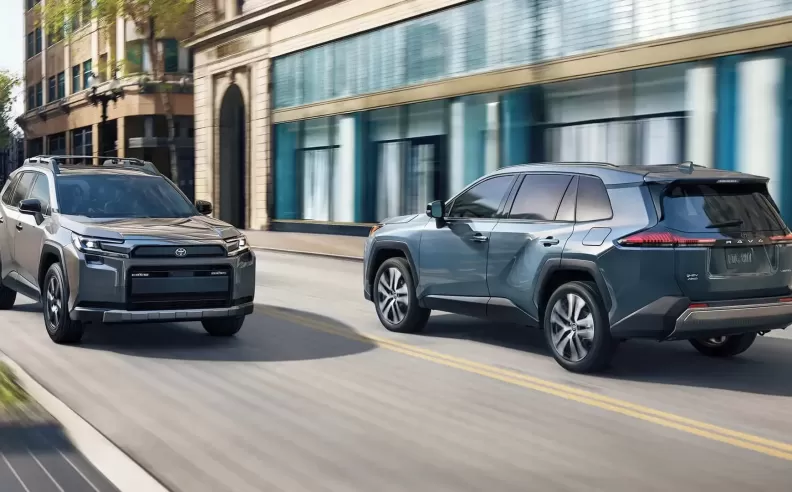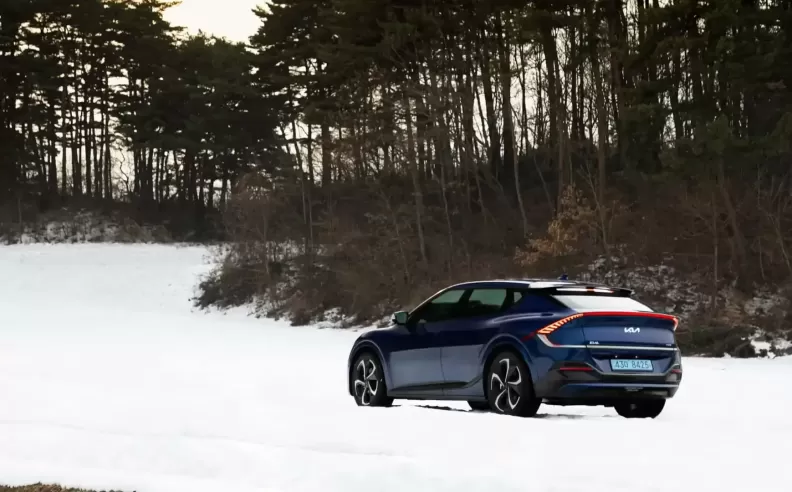
In a recent interview that sparked global buzz, Toyota chairman Akio Toyoda claimed that electric vehicles (EVs) might not be as clean as many believe. According to him, Japan’s reliance on fossil-fueled power plants means that producing and charging nine million EVs creates the same emissions as driving 27 million hybrids. That’s one EV polluting as much as three hybrids. While this might hold some truth in specific energy contexts like Japan, global experts argue that this view ignores broader data about emissions over a vehicle’s full life cycle.

Electric vehicles often begin their lives with a bigger carbon footprint compared to hybrids. That’s mostly due to the complex battery production process, which involves mining and refining materials like lithium, nickel, and cobalt. This upfront environmental cost is known as the carbon debt. However, EVs start paying that debt back the moment they hit the road. Unlike hybrids and fuel cars that keep burning fuel with every kilometer, EVs begin reducing their overall emissions.
Studies from Argonne National Laboratory estimate that an EV becomes cleaner than a hybrid after driving about 31,000 kilometers. Other studies like one published in Nature place the figure at 45,000 kilometers. Over a car’s typical lifetime, EVs still come out ahead. According to IOP Science, electric cars beat both hybrids and gas cars in lifetime emissions after just 1.3 to 2.4 years of use.

EVs are not only cleaner in the long run, they’re evolving fast. Battery technologies like LFP and LMR are improving sustainability from the production line. Meanwhile, more countries are switching to renewable energy for their power grids, cutting down emissions tied to charging EVs.
Recycling efforts from companies like Redwood Materials are also reducing the need for fresh raw materials, helping close the loop through a circular battery economy. That said, hybrids and plug-in hybrids (PHEVs) remain excellent transitional options for drivers not yet ready to go fully electric. Even gas-powered cars today are far cleaner than a decade ago.
Still, when comparing emissions across a car’s full lifecycle, from factory to junkyard, EVs come out on top. While Toyoda’s comments reflect Japan’s energy reality, they miss the global shift toward renewables. In most of the world, the path toward cleaner air and lower emissions points clearly toward electric mobility.

Started my career in Automotive Journalism in 2015. Even though I'm a pharmacist, hanging around cars all the time has created a passion for the automotive industry since day 1.

